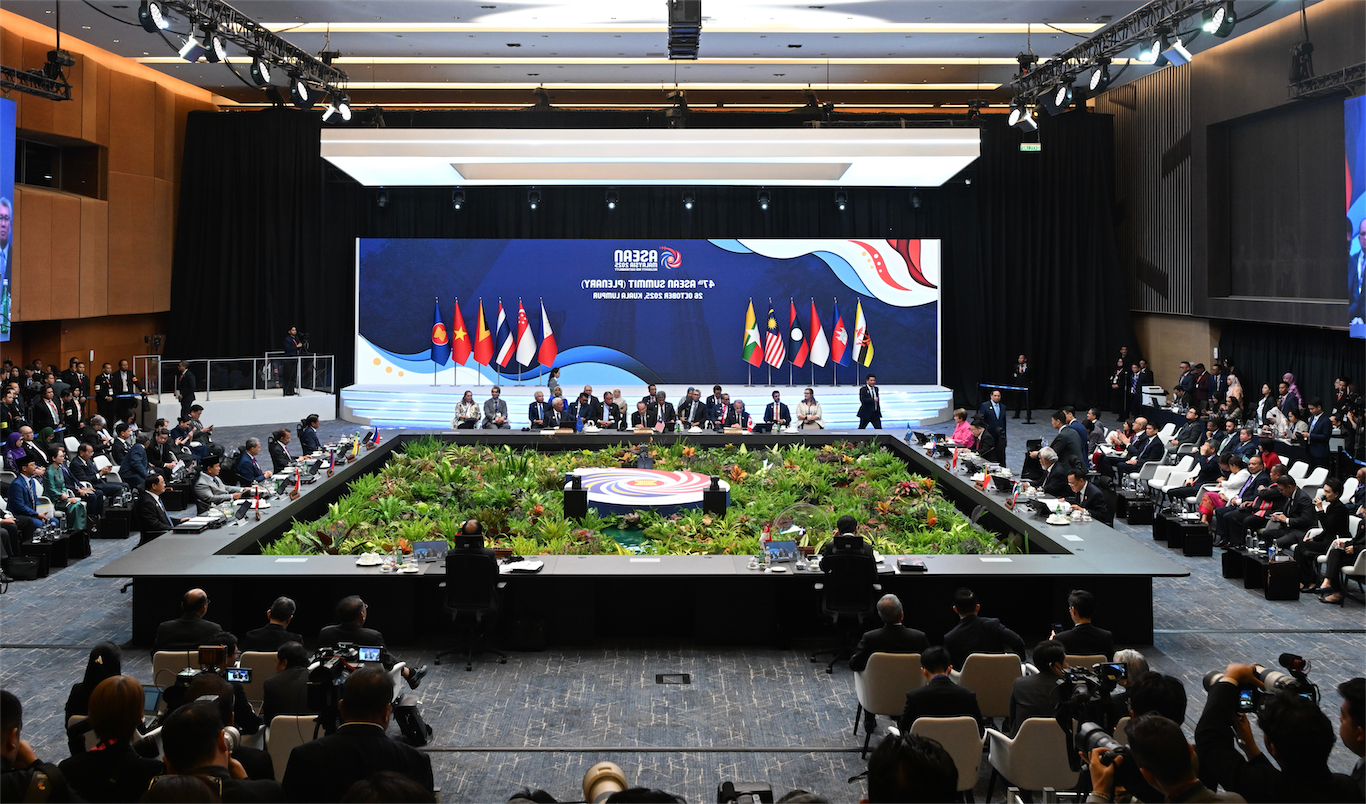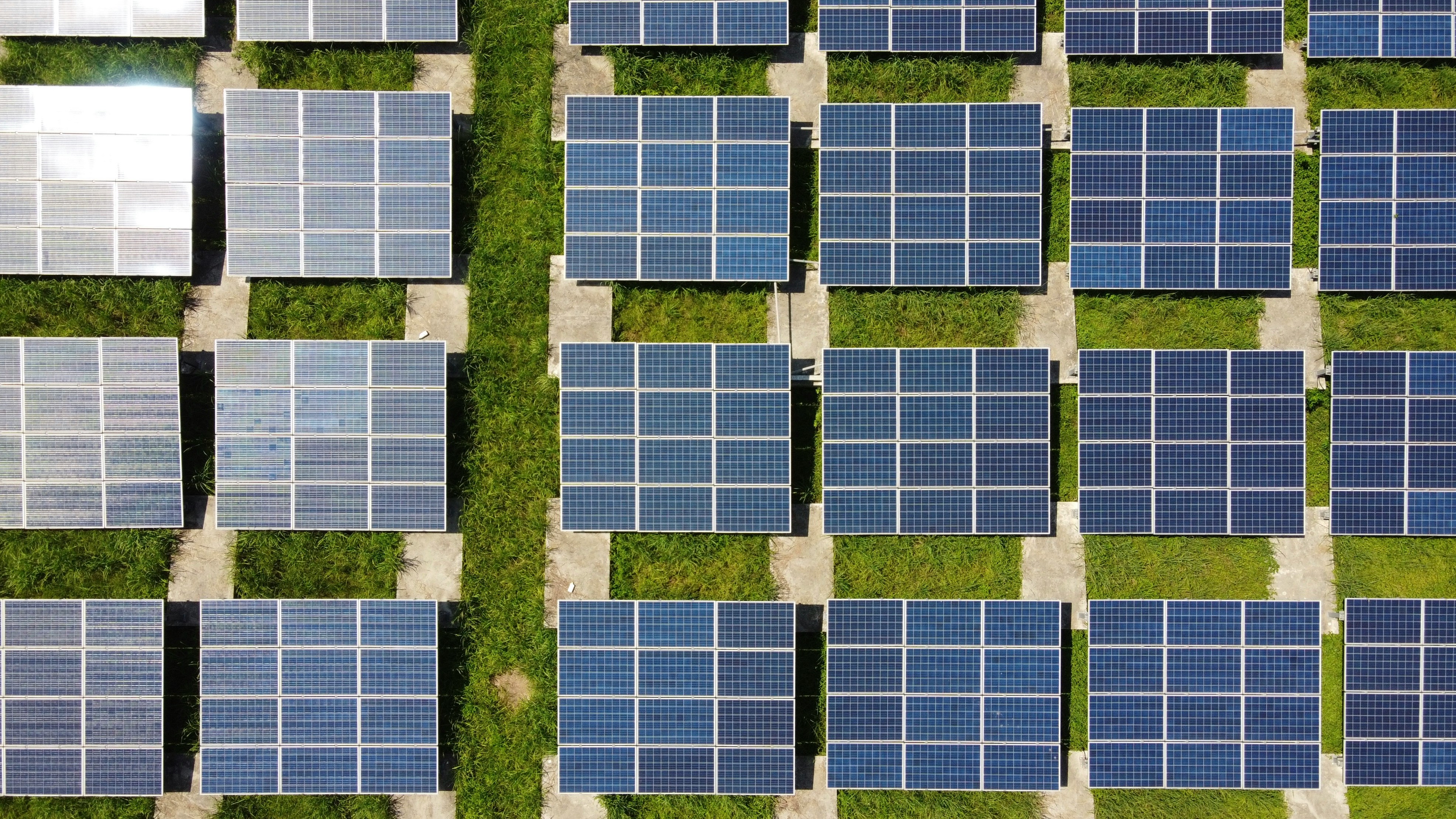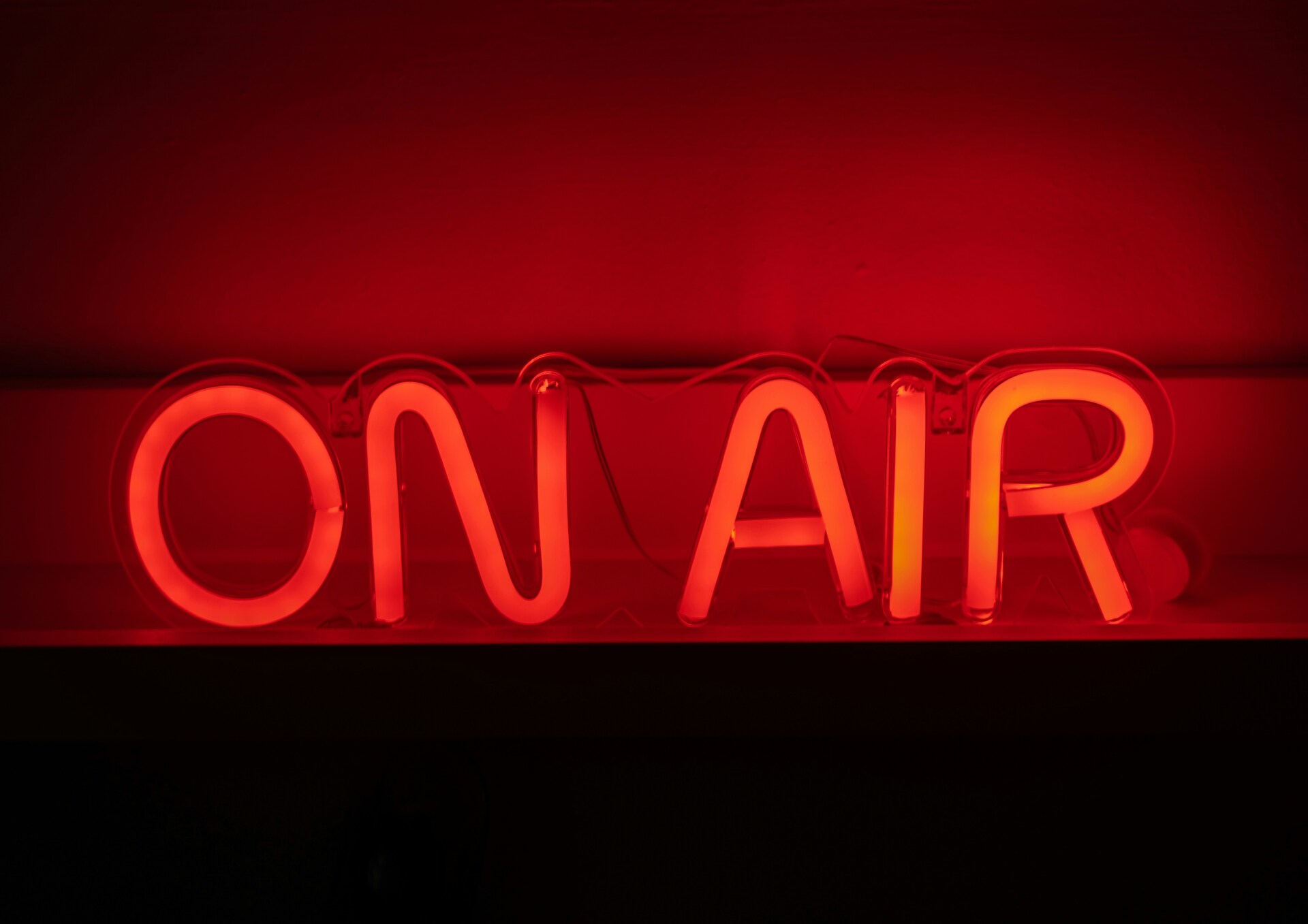Energy subsidies in Indonesia are not a new phenomenon. These subsidies, particularly for Pertalite fuel, diesel fuel, and 3-kg LPG cylinders, were initially intended to maintain stable and affordable energy prices, especially for the underprivileged. However, the structure and magnitude of these subsidies have presented various challenges. First, the large allocation of energy subsidies threatens fiscal stability and long-term economic growth prospects. Second, substantial energy subsidies disrupt economic efficiency and environmental sustainability. Third, energy subsidies are often deemed ineffective in achieving social equity and instead exacerbate social inequalities. These challenges further underline the need for a critical evaluation of the scale and management of energy subsidies.
Currently, Indonesia is a net oil importer, requiring imports of 1.6 million barrels per day in 2023, a stark contrast to its status in 2000 as a net exporter with a surplus of 344 thousand barrels per day. Other than high domestic consumption, external factors, such as global oil price fluctuations and the rupiah's exchange rate against the U.S. dollar, significantly impact Indonesia's energy subsidies. A weaker rupiah and higher oil prices increase the subsidies that the government must allocate. In response, during the administration of Susilo Bambang Yudhoyono (SBY) and Jusuf Kalla (JK), retail fuel prices were adjusted by 30%. However, the subsequent administration (SBY-Boediono) was less willing to make similar adjustments due to political and security concerns. Later, the Joko Widodo (Jokowi)-JK administration undertook subsidy reforms early in its tenure, and price adjustments continued under the Jokowi-Ma'ruf Amin administration.
In addition to subsidies, compensation payments have also risen. Both of these increases, further inflates fiscal burdens, straining the state's financial health, and fostering inequity. The implication of the increase in fiscal burden is increased budget deficits which leads to additional debt, while equity issues arise from misdirected subsidies, particularly inclusion errors benefiting higher consumption classes for LPG, diesel fuel, and Pertalite, which exacerbate inequality.
This study aims to address several questions. First, what are the estimated levels of energy consumption (Pertalite, diesel fuel, and 3-kg LPG) and its subsidies if the current subsidy scheme remains unchanged, and what are the impacts on the State Budget (APBN), as well as the social, economic, and environmental conditions of the community? Second, under various subsidy reduction scenarios, what are the effects of reduced energy subsidies on inflation, economic growth, and employment? Third, what are the alternative strategies for energy subsidy reform to balance fiscal sustainability and social stability? Lastly, how can the reallocated funds from reduced energy subsidies be effectively utilized?
To estimate the fiscal, environmental, and socio-economic impacts of energy subsidy reform scenarios, this study employs a mixed-methods approach (quantitative and qualitative). The quantitative methods include Least Absolute Shrinkage and Selection Operator (LASSO), input-output (I-O) analysis, and Commitment to Equity (CEQ) analysis. Additionally, focus group discussions were conducted to align assumptions and gather expert insights. The reform scenarios considered in this study include: 1) business-as- usual, 2) dynamic pricing, 3) increasing administered price, 4) Quota restrictions based on vehicle engine capacity (CC), and 5) Quota restrictions based on vehicle engine capacity and the removal of Pertalite subsidies for cars.







